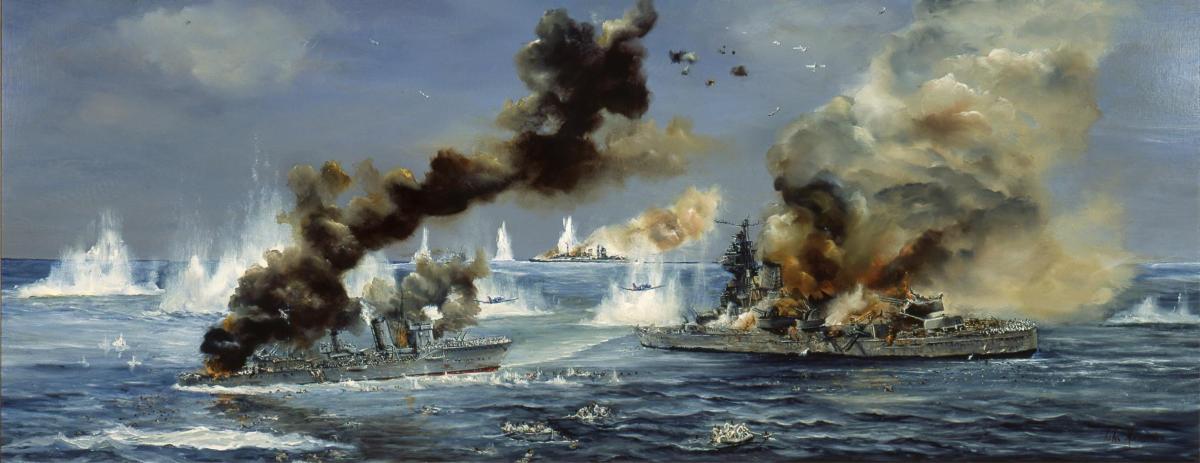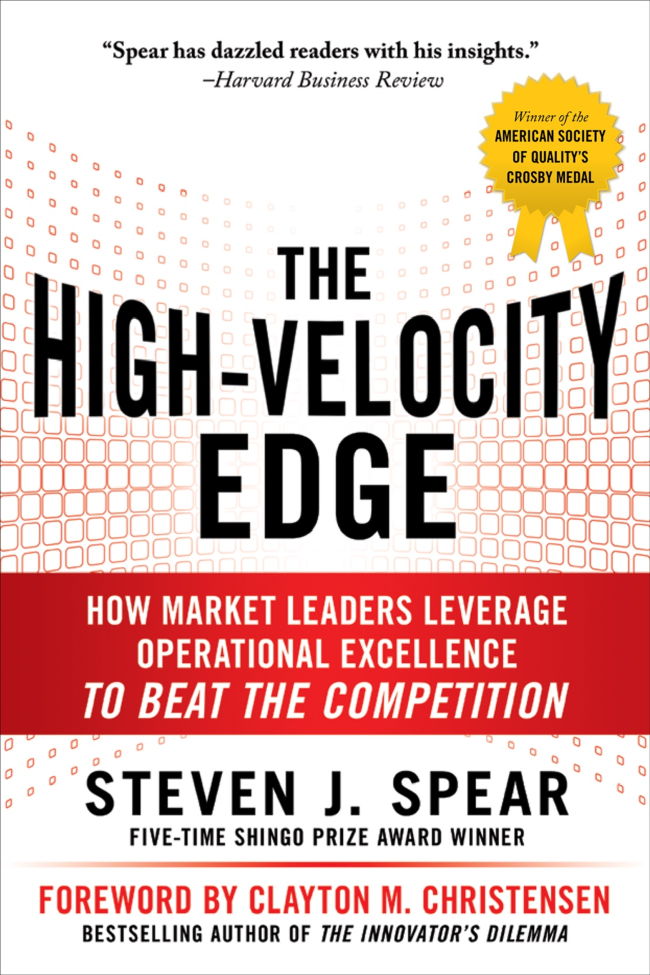
| In May 1942, the Imperial Japanese Navy’s leadership may well have been imagining the celebrations and accolades to be showered on them in the coming weeks. They had (what they must have thought was) a fantastic plan of surprise attack at Midway Island, the coup de grâce follow up to the devastation of Pearl Harbor six months prior. But such was not to be the case. The early days of June ’42 proved devastating for the IJN, as they got out-matched and crippled by the United States Navy, even though the USN arrived at the battle with fewer ships and planes, fewer sailors and pilots, and its battleship fleet in tatters. One could imagine that such disarray in terms of men, matériel, and reliable operating doctrine, would have doomed the USN. However, the Americans arrived at Midway the beneficiaries of a ‘secret weapon,’ an unbelievable, super productive innovation dynamic developed and exercised in the previous decades, a dynamic that made the fight a mismatch. Military historian Trent Hone and I have an article explaining this innovation dynamic in “Succeeding in Periods of (abrupt) Change” in this month’s US Naval Institute’s Proceedings magazine (available for a few more weeks in front of the firewall). We assert that this history is rich with lessons for today on how we impart our systems and our organizations with the structure and dynamics by which they can make massive leaps on capability. In the same issue, please see Chief of Naval Research RADM Lorin Selby‘s article, “Office of Naval Research: 75+ Years of Technological Advantage“, celebrating the Office of Naval Research’s luminous history and charting an innovative path forward during this new era of confluencing strategic, political, and technological change. Also, on the theme of innovating with urgency and speed, please see VADM Brad Cooper‘s article, “Partnering and Innovating to Enhance Security in the Middle East“, which speaks to issues both of politics and technological innovation like autonomous and distributed systems. I trust you’ll appreciate the several articles, and we welcome your questions and critiques. Very best, Steve Steven Spear DBA MS MS Principal, See to Solve LLC Senior Lecturer, MIT Sloan School of Management Senior Fellow, Institute for Healthcare Improvement Author, The High Velocity Edge |

| Click here for sample chapters from The High Velocity Edge • leadership and crisis recovery (chapters 9 and 10) • accelerating development of break through technologies (chapter 5) |
Read Other Article: Seeking Bad News: A Key Leadership Skill in Crisis
